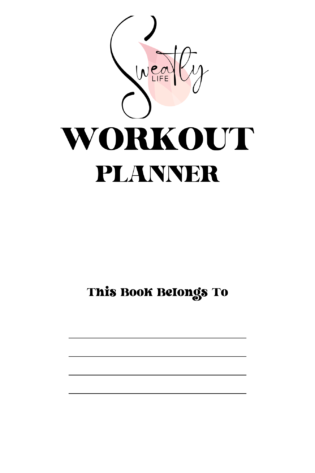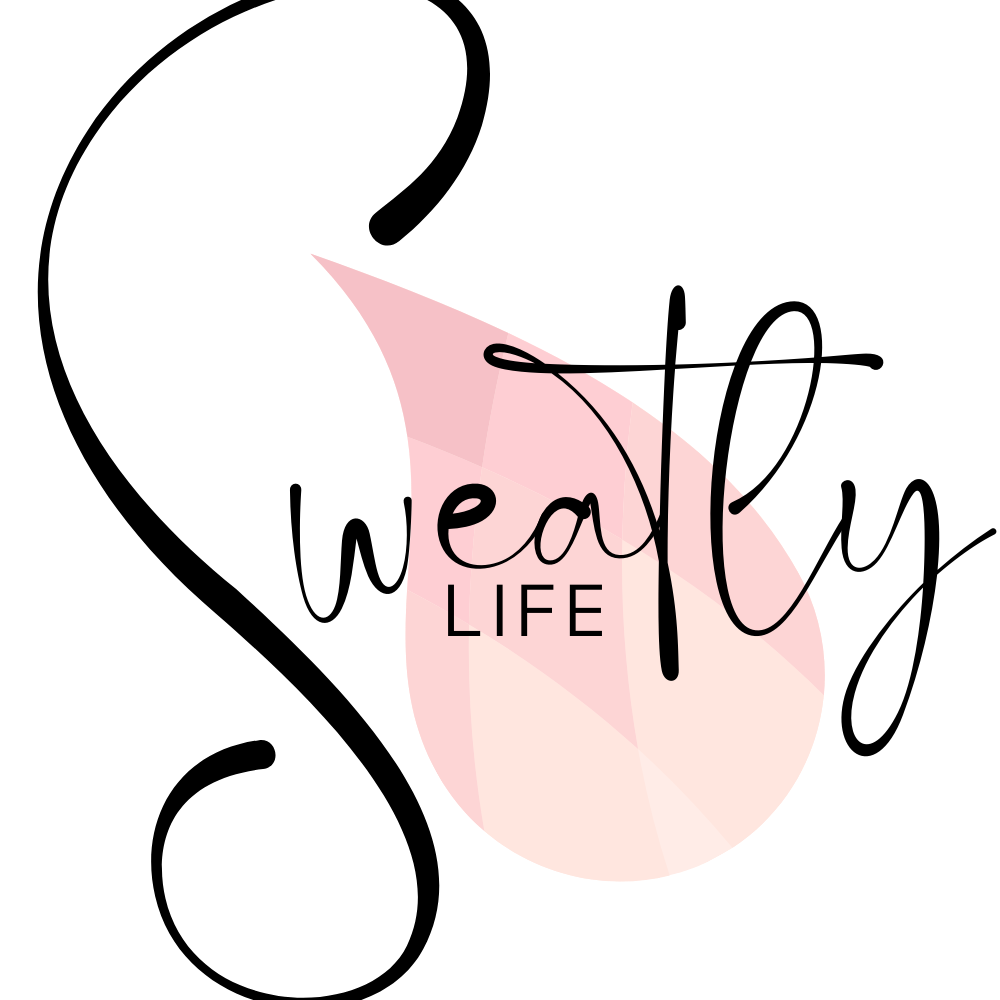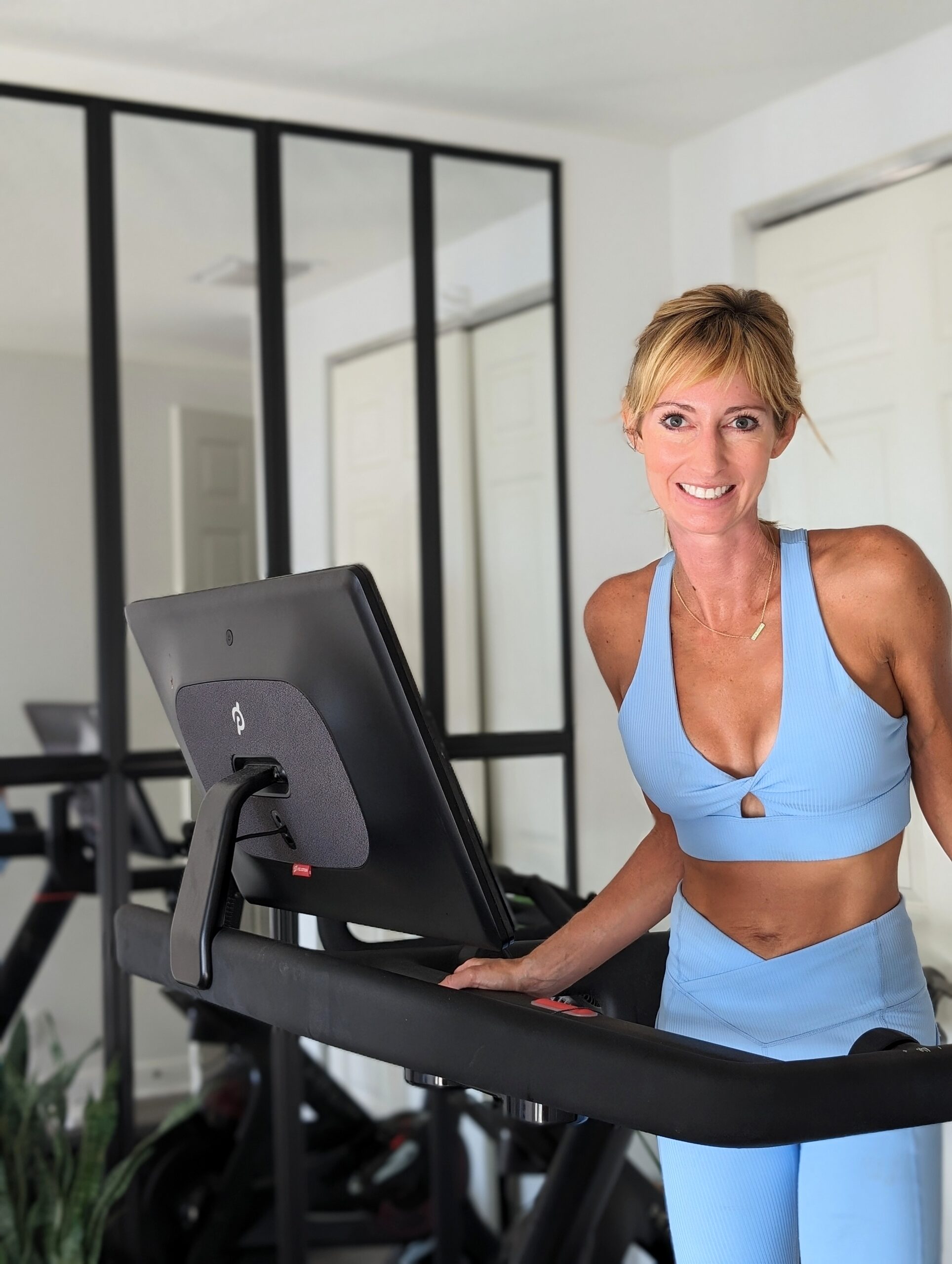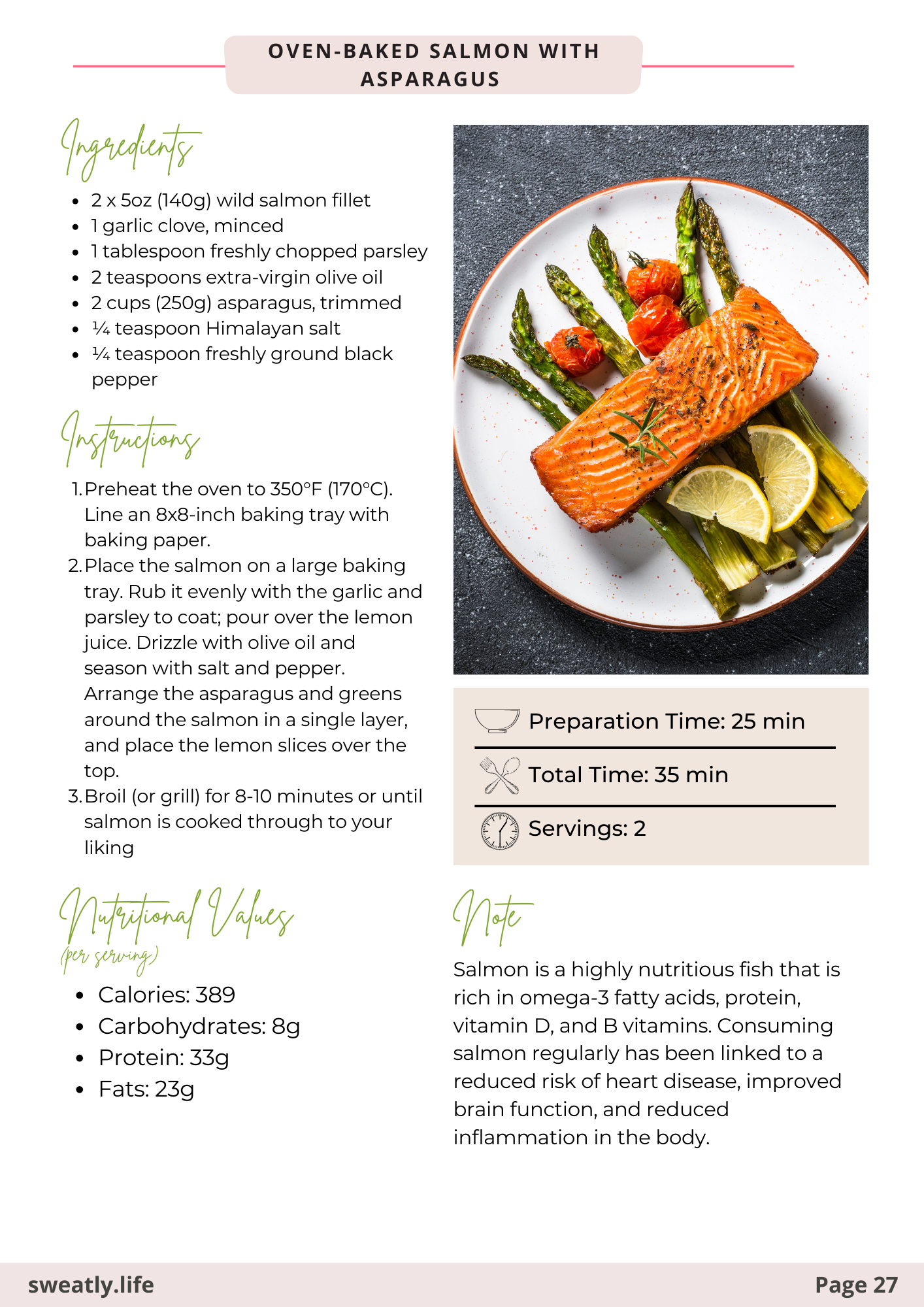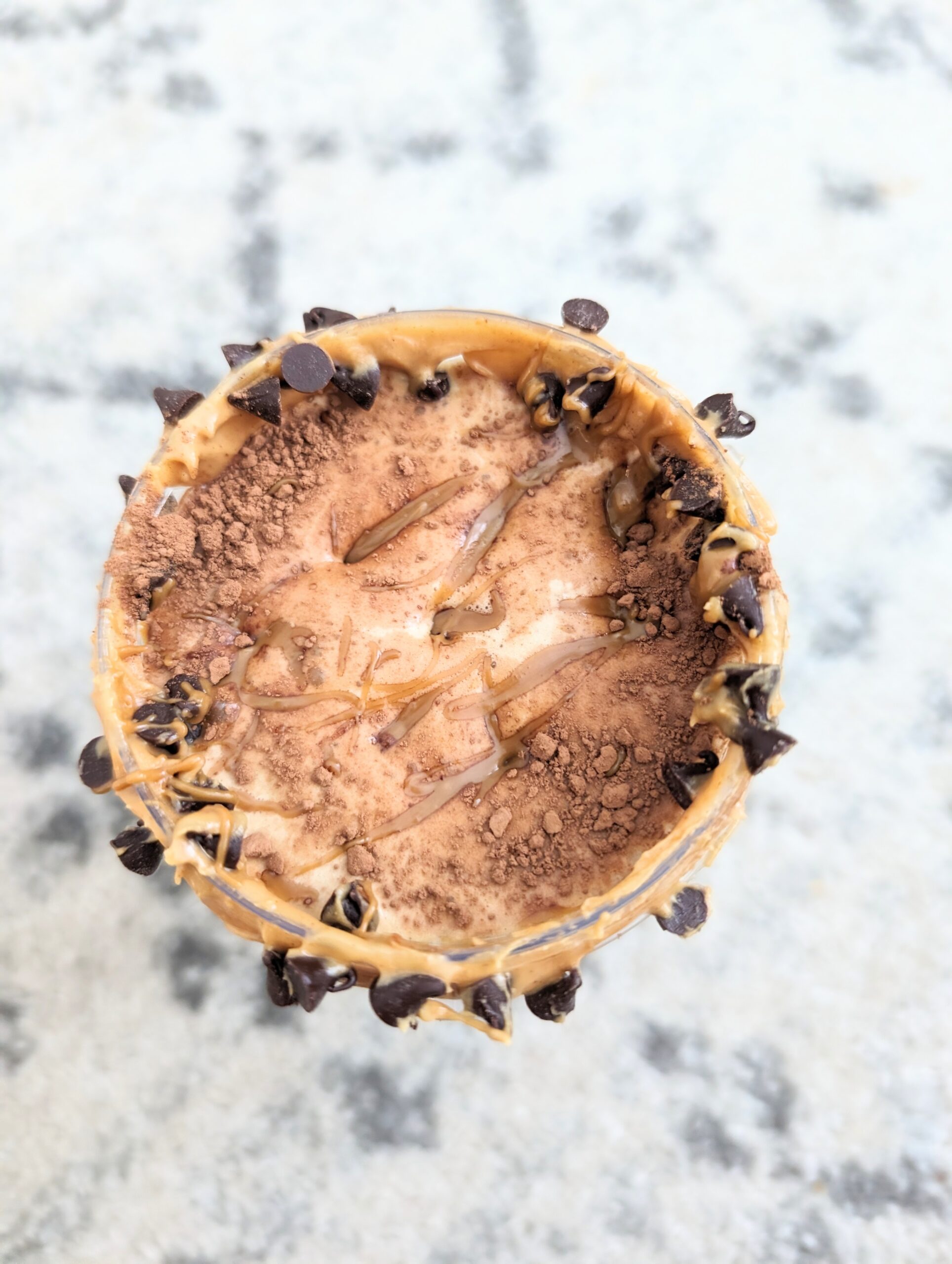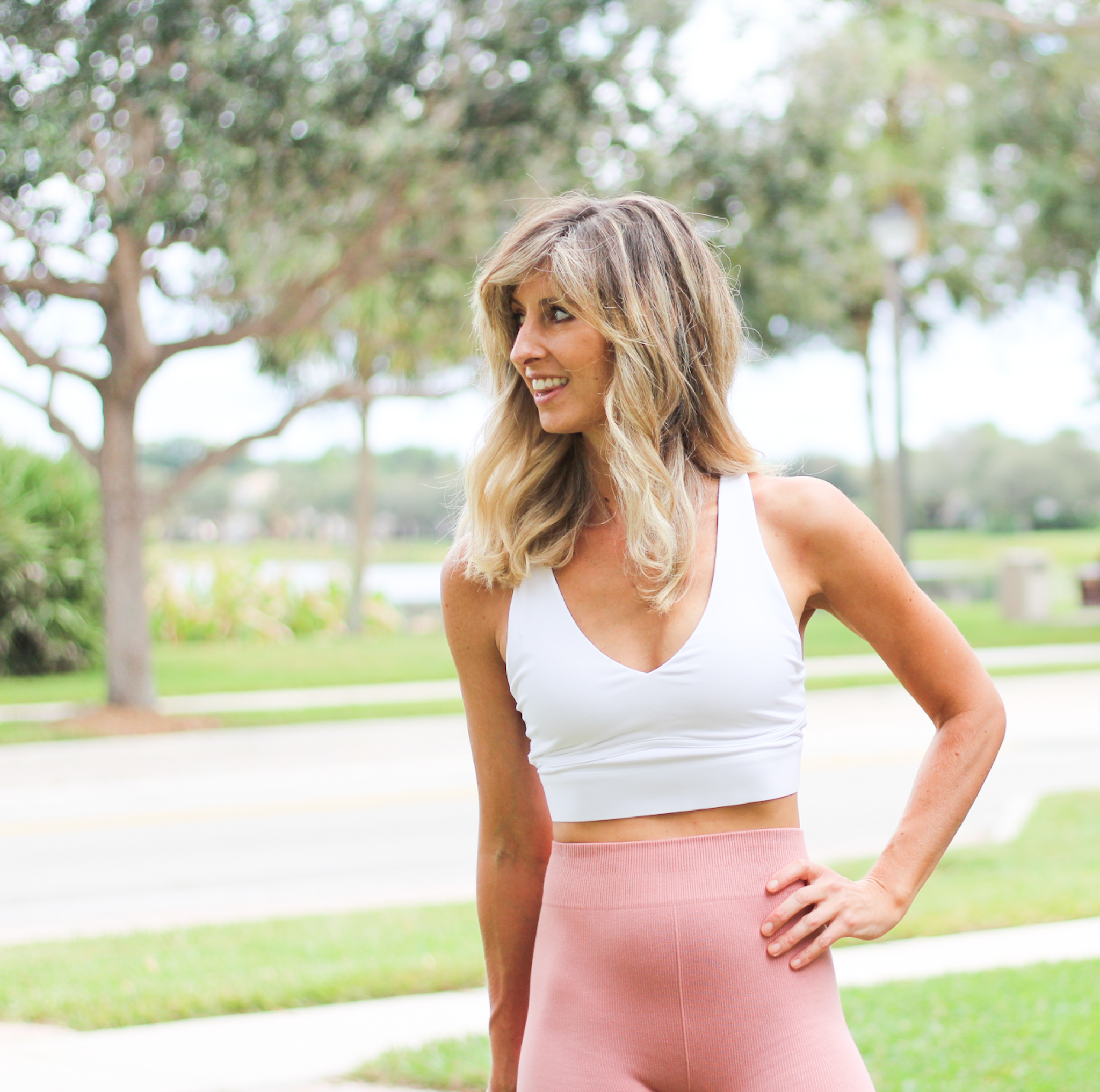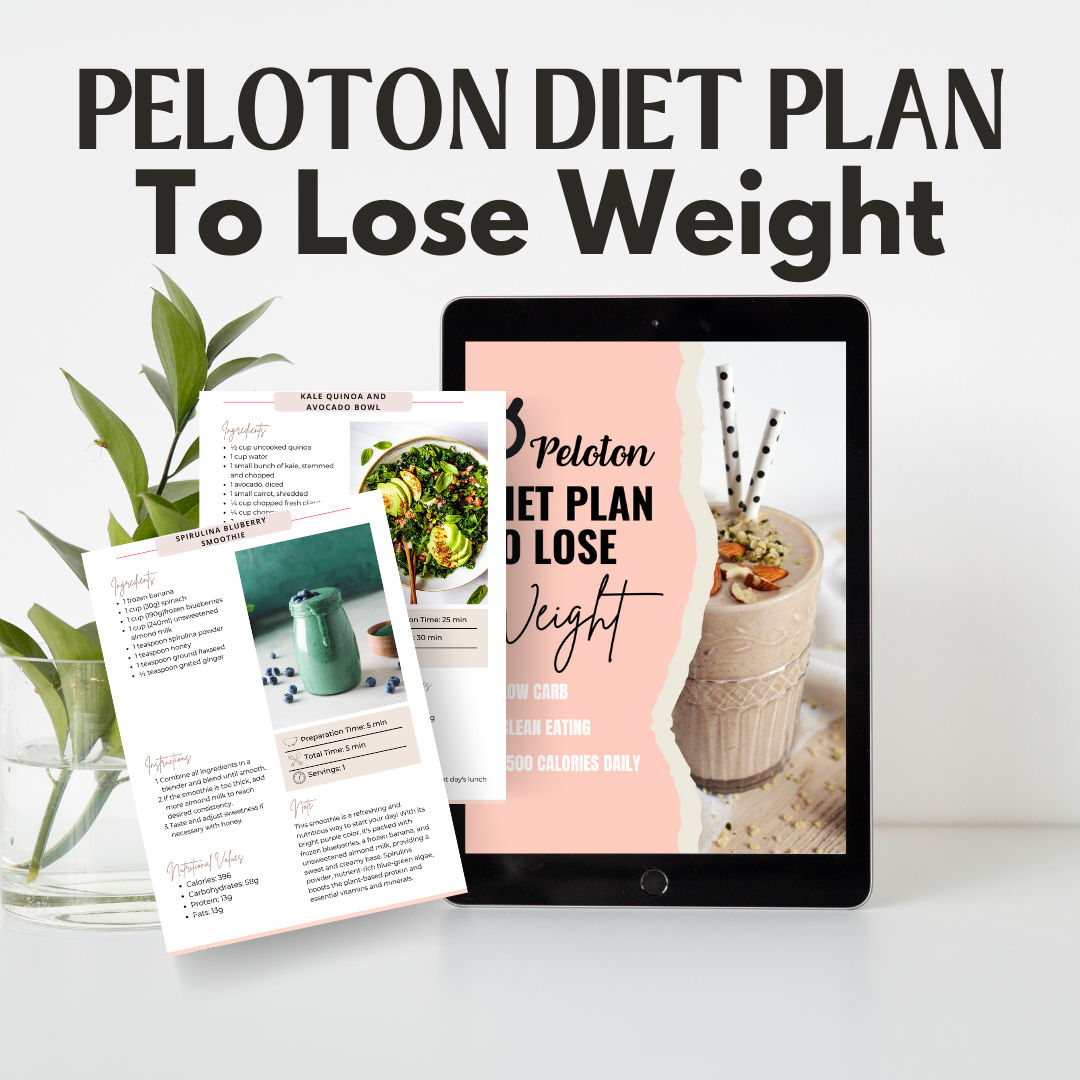
The Peloton Diet Plan I used To Lose Weight and Build Muscle
As a mom of 4, I have been gaining and losing weight for over 10 years. My oldest is 11 now, and I finally was able to lose that last 5-10lbs of baby weight from my 4th with my Peloton bike, and a very specific nutrition plan. As a certified nutrition expert, I knew exactly what I needed to do, but being over 35 this time, my body didn’t respond to my normal eating clean methods. I had to make some tweaks and changes to really get those last few pounds to fall off. I have alwasy been someone that if I just cut out cheese, sugar, bread, crackers and processed foods in general, while focusing on nutrient-dense foods, I would drop pounds. This last time around, I had to dial in my nutrition and give myself the same advice I would give any client – count your macros!
A lot of people shy away from counting macros because it can seem like there is a ton of work involved, but really the first week or so is the hardest because you do have to get used to weighing and measuring your foods. But, what happens as you go is really transformative! You start learning what a real protein serving looks like, or how many blueberries to eat for a serving. You see how small servings really are, and it trains you to be aware of everything you put in your mouth! If I am left to my own devices, I will absolutely eat all carbs and fat. I literally could live off of crackers and cheese all day, and even when I make wraps on my own, I end up loading up on the wrap, veggies and cheese, with only a little protein. I can’t tell you how important the investment is to counting macros. You can guess on your calorie count and macros, or grab my custom macro plan and nutrition guide. Either way, this is what is really going to get you results, ESPECIALLY if you are using the Peloton for your workouts.
I also put together my exact Peloton workout plan, so you can follow what I did to lose weight. These are the workouts and system I followed to lose weight fast, using a combination of longer cardio rides, with bootcamps and strengths. I spent no less than 45 minutes working out, so it is a little more of a commitment, but you can split it up in your day. I had to do that sometimes to fit it all in, but adding that extra time doing cardio or strength really makes a big difference in building muscle and burning fat.
If you want the exact diet plan, that I followed to lose weight with Peloton, you can grab it here. It is the custom macro count with nutrition guide
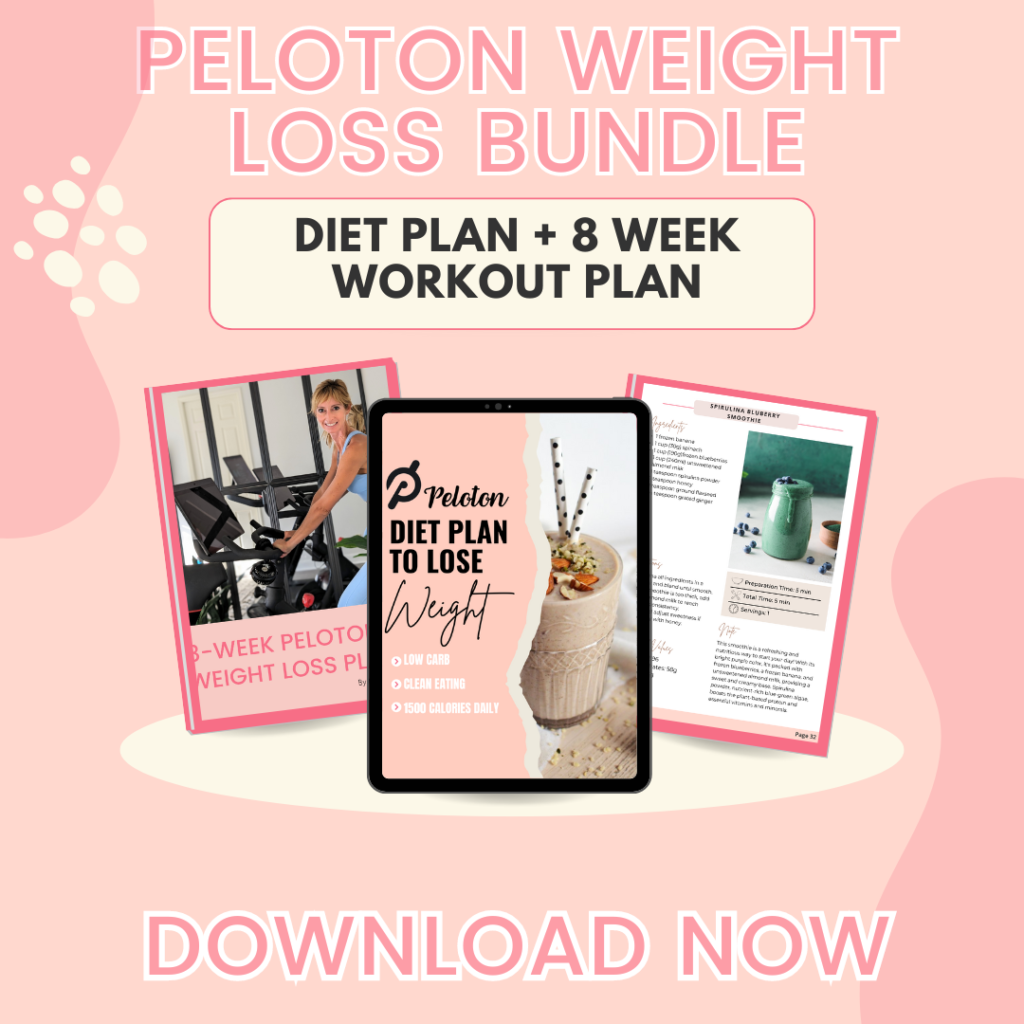
Understanding Macros and Calories (why they work!)
Calories and nutrition are the cornerstone to your weight with Peloton. Even if you do all your workouts, if you don’t have your nutrition just right, your body won’t let go of fat. If you don’t eat enough nutrients, your body will just want to hold on to stored nutrients, and it won’t let go of fat. By counting macros, you can keep your calorie count a little higher and ensure your body is getting enough nutrients, while still eating just a little less, so your body will use the negative fuel to burn fat. It is a tricky balance, and you might be a little hungry at first, but being hungry is not going to kill you! It means you are eating less and your body is using fat! Once you get through just a few days, your body adjusts really quickly.
Counting macros makes sure that your calorie deficit provides the right amount of nutrients. If you eat 1200 calories of your favorite cupcakes every day, you might lose a little weight, but eating just 4-5 cupcakes the whole day will leave you feeling terrible and hungry. If you eat 1200 calories of fruits, vegetables and lean protein, you will feel like you are eating a lot, and all the fiber and protein will make you feel super full!
When you add in my Peloton workout routine on top of eating the right amount of calories and macros for your body, you will literally see fat fall off your body fast. It is crazy how quickly your body responds when you give it the right fuel and the right amount of nutrients!
Protein: The Cornerstone of Weight Loss
Counting macros basically makes sure you get in enough protein every day. This was so helpful for me because I don’t naturally at a lot of protein. I would rather sit and eat fruit, salads with nuts, cheese and crackers…basically carbs and fats, so I have to force myself to eat more protein and less carbs. As a Peloton Bike rider and Peloton Tread runner, typically people who do more cardio crave more carbs. Cardio tends to burn calories and glucose, which is why it is so great for weight loss. It burns all the extra glucose and fuel floating around in your blood stream, and the fuel that you eat that day, so your body has to tap into your fat reserves. Protein isn’t easily converted to fuel, and the amino acids go directly to building muscle, hair, skin, nails and other skeletal tissues, making it less likely to be stored as fat. By getting the right precentage of protein in your diet, you are giving your body less fuel (but still essential nutrients), while also helping your body build the muscle you are building with your Peloton workouts (espcially if you are following my strength plan in the 8-week program!).
Protein plays several important roles in weight loss and can be highly beneficial when incorporated into a balanced diet and lifestyle. Here’s how protein helps with weight loss:
- Increased Satiety: Protein has been shown to increase feelings of fullness and satiety more than carbohydrates or fats. This means that consuming protein-rich foods can help you feel fuller for longer periods, reducing overall calorie intake and potentially preventing overeating or snacking between meals.
- Higher Thermic Effect of Food (TEF): Protein has a higher thermic effect compared to carbohydrates and fats, meaning it requires more energy to digest and metabolize. This increased energy expenditure can contribute to a higher metabolic rate and greater calorie burning throughout the day.
- Preservation of Lean Muscle Mass: When you’re trying to lose weight, it’s essential to preserve muscle mass while reducing body fat. Consuming an adequate amount of protein helps support muscle protein synthesis, which is crucial for maintaining muscle mass, especially during periods of calorie restriction or weight loss.
- Improved Metabolic Rate: Protein consumption has been linked to an increase in metabolic rate, which can help enhance overall energy expenditure. A higher metabolic rate means your body burns more calories at rest, making it easier to create a calorie deficit for weight loss.
- Reduced Cravings and Mindful Eating: Including protein-rich foods in your meals and snacks can help stabilize blood sugar levels and reduce cravings for sugary or high-calorie foods. Additionally, protein-rich foods often require more chewing and digestion, promoting a slower eating pace and increased mindfulness during meals, which may lead to better portion control and reduced calorie intake.
- Maintenance of Weight Loss: Consuming adequate protein during weight loss can help prevent weight regain by supporting muscle maintenance and promoting satiety. Including protein in your diet can also help prevent the loss of metabolic rate that often occurs with weight loss, making it easier to maintain your new weight in the long term.
It’s important to note that while protein can be beneficial for weight loss, it’s just one component of a healthy diet and lifestyle. For optimal results, focus on incorporating a variety of nutrient-dense foods, staying hydrated, getting regular physical activity, and prioritizing adequate sleep and stress management. Additionally, individual protein needs may vary based on factors such as age, gender, activity level, and overall health goals.
I highly recommend a custom macro count and nutrition plan if you can! It really makes a huge difference!
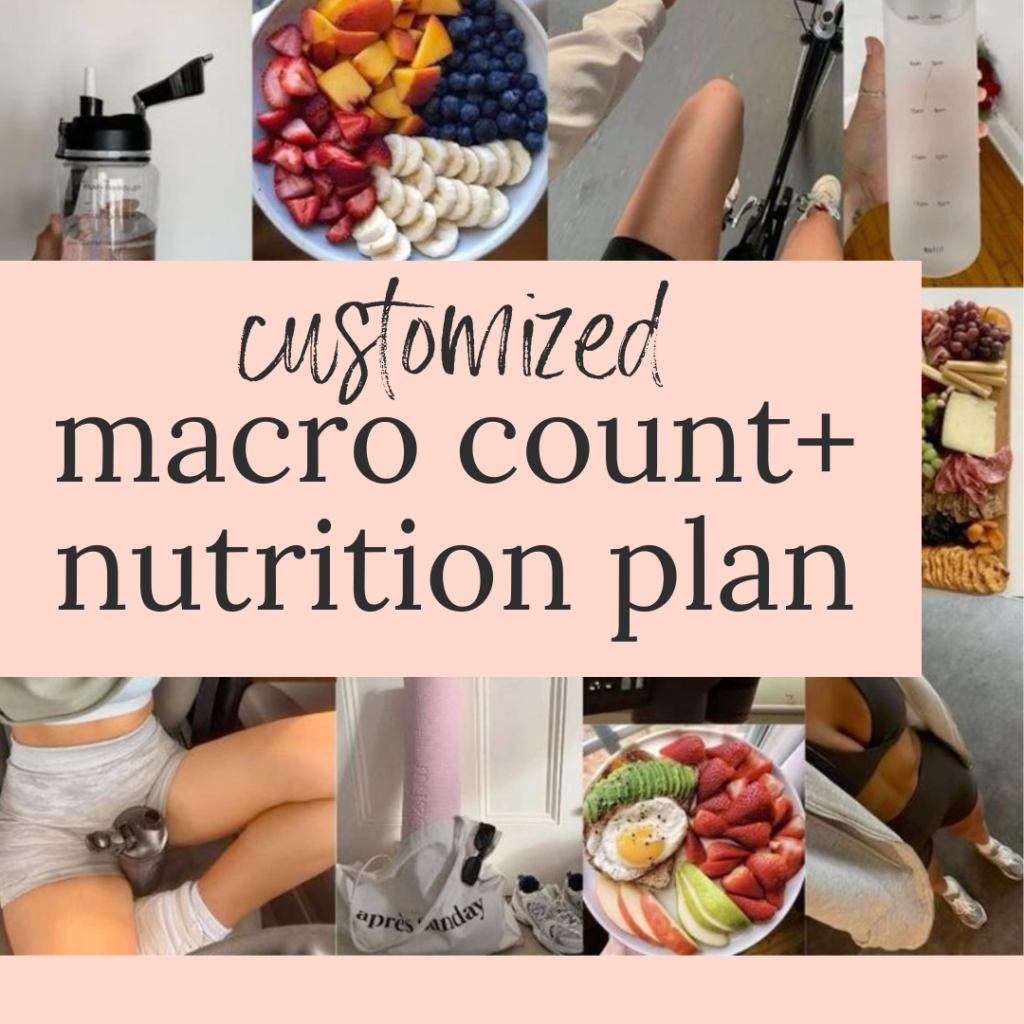
You Peloton Diet Plan also Needs Fiber To Feel Super Full:
Fiber really fills you up! You can only eat so much watermelon let’s say, because of all the water and fiber. Your stomach will literally be maxed out on very little calories. Think of high fiber foods as fruits and vegetables, and they take up a lot of space in your stomach, while also giving your body the most nutrients per calorie. If you drink plenty of water with your fiber foods, you won’t have room for any of your cravings. If you combine fiber and protein, you will seriously be so full for the rest of the day on very few calories.
The Best Foods For Your Peloton Diet Plan To Lose Weight:
- Leafy Greens: Foods like spinach, kale, Swiss chard, and collard greens are low in calories and high in nutrients. They’re also high in fiber, which helps you feel full and satisfied.
- Lean Proteins: Foods like chicken breast, turkey, tofu, and fish are high in protein and low in fat. Protein helps you feel full and satisfied, and it also requires more energy to digest, which can boost your metabolism.
- Whole Grains: Foods like quinoa, brown rice, oats, and barley are high in fiber and nutrients. They help keep you feeling full and satisfied for longer periods, which can prevent overeating.
- Legumes: Foods like lentils, beans, and chickpeas are high in protein and fiber, making them very filling. They’re also low in fat and calories, making them a great option for weight loss.
- Berries: Berries like strawberries, blueberries, raspberries, and blackberries are low in calories and high in fiber. They’re also packed with antioxidants, which can help reduce inflammation and promote weight loss.
- Nuts and Seeds: Foods like almonds, walnuts, chia seeds, and flaxseeds are high in healthy fats, protein, and fiber. While they are calorie-dense, they can still be included in moderation as they provide satiety and essential nutrients.
- Greek Yogurt: Greek yogurt is high in protein and low in carbohydrates, making it a great option for weight loss. It’s also rich in calcium, which has been shown to aid in weight loss.
- Cruciferous Vegetables: Vegetables like broccoli, cauliflower, Brussels sprouts, and cabbage are low in calories and high in fiber. They’re also packed with nutrients and antioxidants, making them a great choice for weight loss.
- Avocado: Avocado is high in healthy fats, fiber, and antioxidants. While it’s calorie-dense, it can still be included in a weight loss diet in moderation due to its nutritional benefits and ability to promote satiety.
- Apple Cider Vinegar: While not a food per se, adding apple cider vinegar to your diet has been associated with weight loss due to its ability to increase feelings of fullness and reduce calorie intake. It may also help regulate blood sugar levels.
Fasted Cardio/Workouts:
In addition to my diet plan, I did my morning workouts fasted. I found that I got better results when I did my cardio first thing in the morning, and I either did my strength right after, or later in the day if I didn’t have time. Cardio first thing in the morning forces your body to tap into stored fuel. If you have any glucose in your muscles or blood stream, it will get used up for your cardio workout, and I think it is the best way to burn fat fast. If you consistently do your cardio workouts and exercise program fasted in the morning on a regular basis, your will be able to get some results faster, and it also helps make sure you get your workout in! At first, fasted cardio can be uncomfortable, but if you really want to hit your fat loss goals, I highly suggest it with this program!
HIIT Workouts to Boost Metabolism:
In the 8-week Peloton workout plan I used, I combined HIIT workouts with strength to keep my metabolism up, and really push me to my weight loss goals. On the spin bike, my favorite HIIT rides were the Tabata Rides by Robin or Ally Love. I hated them and loved them at the same time. The Tabata rides are such a great workout, and you can still do them at any fitness level. The key is to do your really high intense workouts with your strength workouts. Then, on the other days, you just zone out and do longer cardio.
The best Peloton Diet Plan and Workout Plan for Weight Loss:
I created this plan because I know it works! I was able to lose weight and keep it off by counting calories, macros, and following this exact workout plan! I highly recommend it to anyone that loves Peloton and wants to lose weight! I’ve fallen in love with Peloton, and I continue to use the treadmill, try to hop on live workouts, and always take advantage of the wide variety of classes that are new every morning!

Creating a Sustainable Peloton Routine
I’ve found setting realistic Peloton goals to be the key in making exercise a consistent part of my life, without facing the dreaded burnout. In the beginning, it was easy to get swept up in the excitement of hopping on my Peloton bike or strapping into the Peloton tread for those high-intensity workouts. But, I quickly realized the importance of balance. For me, mixing in a variety of Peloton workouts, from those vigorous spin classes led by energetic Peloton instructors to more calming strength training sessions, made all the difference. It wasn’t just about pushing my limits every day; it was about finding a sustainable routine that blended seamlessly with my everyday life.
Starting every morning with a workout became second nature, whether it was a brisk 30-minute ride to kickstart my day or some Peloton strength classes to mix things up. It wasn’t long before this routine was more than a pathway to weight loss; it became about overall health. Allowing rest days, focusing on a healthy diet filled with whole foods, and staying hydrated became integral parts of my fitness journey. The best part? I discovered that by setting achievable goals and listening to my body, I could enjoy every minute of the journey without feeling exhausted or overwhelmed. Peloton became more than just a workout – it became a lifestyle change that I looked forward to every day.
Listening to Your Body: Rest and Recovery
Imagine pushing your body to its limits every day, chasing the dream of a leaner, healthier you with every pedal stroke on your Peloton bike or every punishing minute on the Peloton tread. It’s easy to get caught in the cycle of more workouts, higher intensity, and the pursuit of faster results. Yet, what many of us overlook is the critical importance of rest and recovery. It’s not just about allowing our muscles to heal and grow stronger; it’s about preventing burnout and injury that can derail our fitness journey in the long run. Listening to your body, taking those essential rest days, and focusing on recovery are as crucial as the workouts themselves. This mindful approach ensures we’re not just fit for now, but we’re building a foundation for lasting health and wellness.
Expert Advice: Consulting with a Registered Dietitian
I can’t stress enough how important it is to consult with a registered dietitian when embarking on your fitness journey, especially if you’re incorporating high-intensity Peloton workouts into your routine. A dietitian will not only help you understand your body’s unique nutritional needs but also tailor a healthy diet plan that maximizes your Peloton results. Whether it’s adjusting your protein intake for muscle recovery or ensuring you’re getting enough whole foods to keep your energy levels up, professional advice can make a significant impact. It’s this kind of holistic approach, combining Peloton with proper nutrition and rest, that leads to better overall health and sustainable weight loss.
-
Sale!
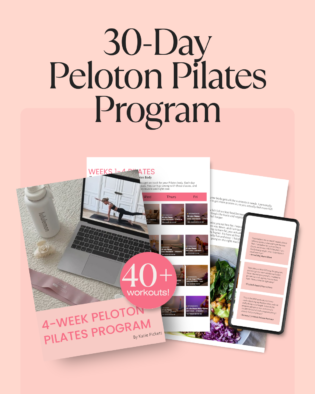
4-Week Peloton Pilates Workout Plan
$12.99Original price was: $12.99.$8.99Current price is: $8.99. -
Sale!
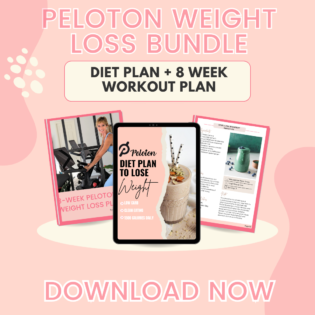
Peloton Diet Plan To Lose Weight + 8 Week Peloton Workout Plan Cardio + Strength
$27.99Original price was: $27.99.$22.99Current price is: $22.99. -
Sale!
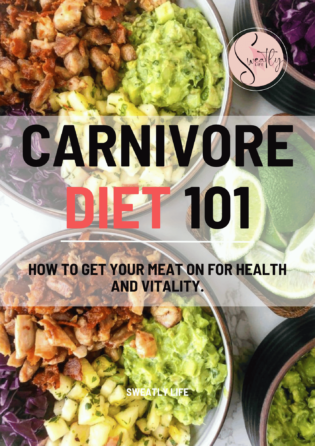
Canivore Diet Plan 101: Get Started
$7.99Original price was: $7.99.$4.99Current price is: $4.99. -
